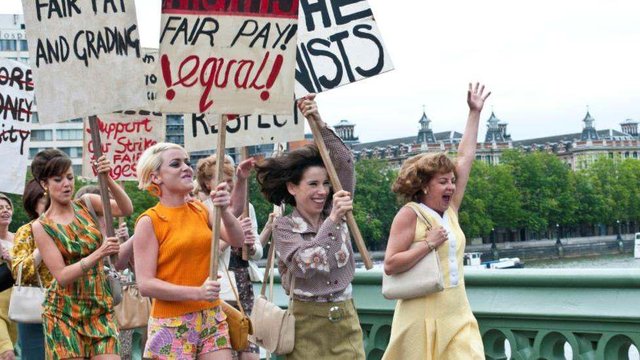Is Western Feminism for White Middle Class Women? CLASS LENS

By adopting a class lens we can explore the question in terms of the different layers of identity and intersectionality. The classes will be explored to see how western feminism is not just limited to white women’s concerns but to white middle-class women’s concerns. These concerns are often concerns of opportunity and legal and political reform which do not directly affect all women. The concerns of both categories of women might generally be the same but their priorities are different. Dalia Ben-Galim states that feminism has brought advances for professional women, but a lot of women have been left behind because these advances were limited to top corporate positions (The Guardian, 2013). In accordance to this, Ramazanoglu (1989) pointed out that, “the political priorities of working-class and peasant women appear very different from those of women who do not share their conditions of poverty or exploitation” (p. 101). This indicates that for many working-class white women their primary oppressing factor is not their gender but their socioeconomic position.
As Afhsar (1985) controversially states, working-class women share their struggles with the working-class men, not with Other women (Ramazanoglu, 1989). The reason why class is a dividing factor and why western feminism caters to middle-class women is due to their relationship towards capitalism according to Zetkin (Ramazanoglu, 1989). According to Ramazanoglu (1989), working women’s concerns are “better working conditions, higher wages, unionisation, provision of food and better housing” whereas the concerns of middle-class women were “fighting constrictions of bourgeois life, fighting for education, universal suffrage, rights to property, rights to control own income, divorce, contraception, employment.” What Zetkin aims to argue is that middle-class women were fighting against their oppression from men, whereas the working-class women were mainly fighting the oppression of the capitalist system. Eleanor Marx stated that, “we [the working-class women] are not women arrayed in struggle against men, but workers who are in a struggle against the exploiters” (Ramazanoglu, 1989, p. 100).
The main argument is that western feminists’ concerns are more vocal in representing and bringing forward the concerns of the middle-class. As Newstatesman.com (2016) argues, “practically, the face of the feminist movement tends to be dominated by highly-educated women from middle-class backgrounds.” Western feminism even within the “western world” concerns mostly middle-class women.